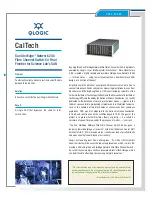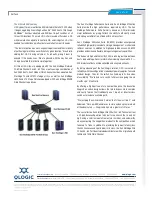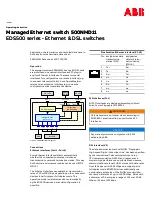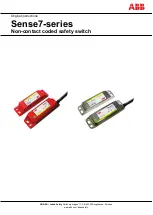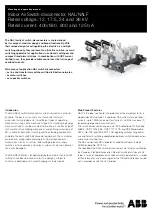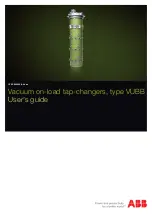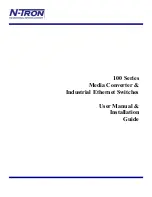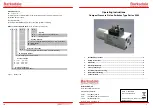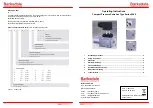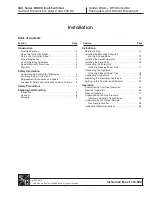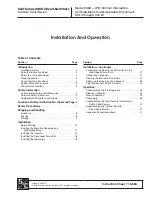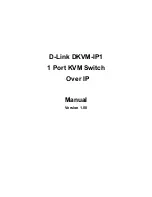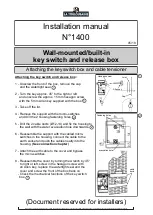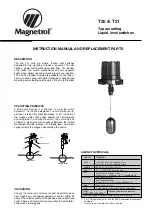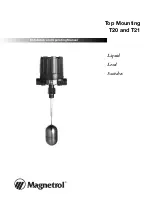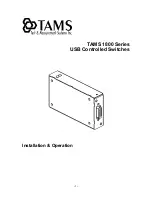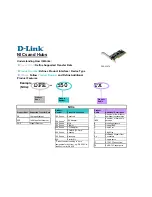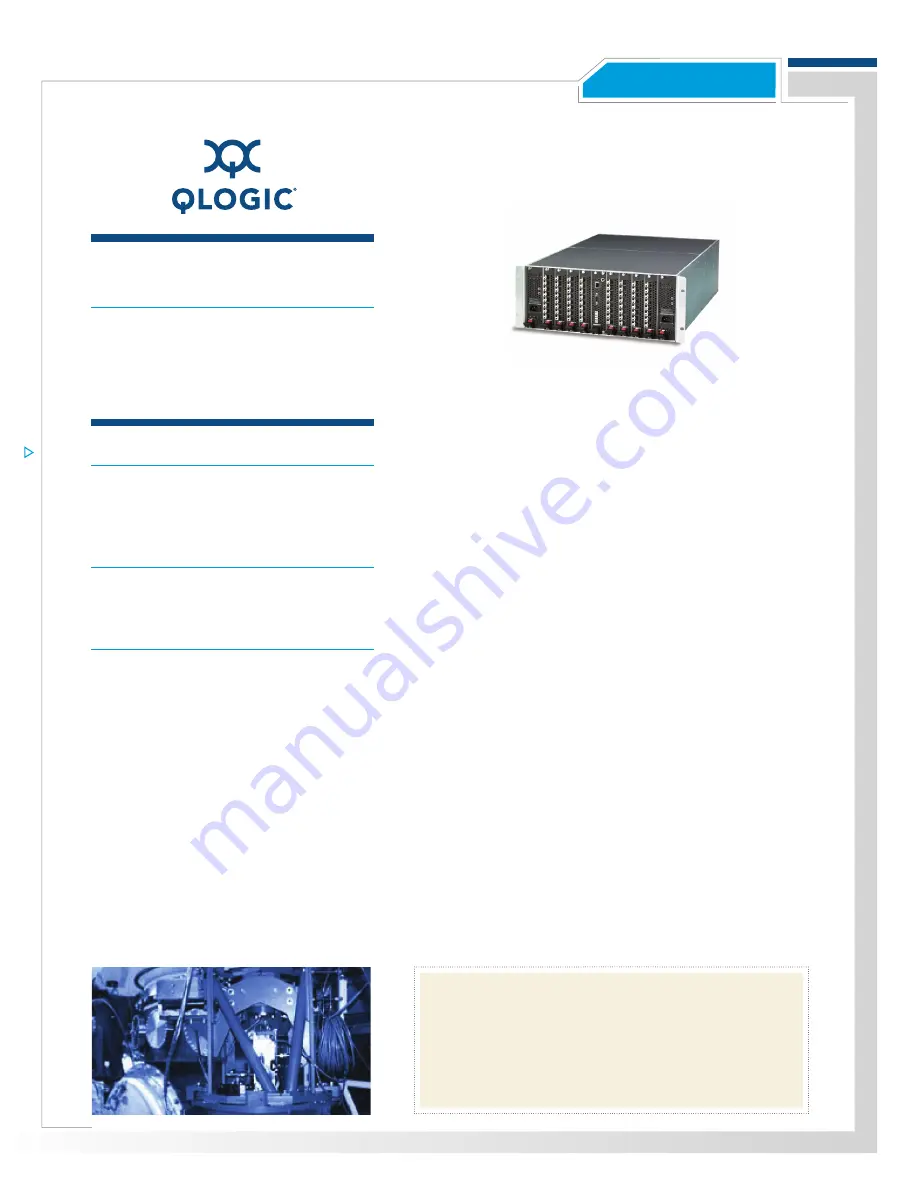
C A S E S T U D Y
CalTech
Sun StorEdge
™
Network 2Gb
Fibre Channel Switch-64 Final
Frontier for Science Lab’s SAN
Problem
To efficiently collect and share real-time scientific data
between three lab sites.
Solution
Innovative, cost-effective Sun/QLogic infrastructure
Result
A single SAN that bypasses the need for inter-
switch links.
By using three Sun StorEdge Network 2Gb Fibre Channel Switch - 64 products
powered by QLogic, Laser Interferometer Gravitational - Wave Observatory
(LIGO) created a highly reliable and available Storage Area Network (SAN)
— in three states — using fewer resources than a traditional mesh SAN
design, at a fraction of the cost.
Scientists avoid the pitfalls of a complex SAN environment and are free to
concentrate on such heady concepts as measuring gravitational waves from
black holes and The Big Bang Theory. LIGO, constructed by scientists at the
California Institute of Technology (Caltech) and the Massachusetts Institute of
Technology (MIT) and funded by the National Science Foundation, is a facility
dedicated to the detection of cosmic gravitational waves — ripples in the
fabric of space and time produced by violent events in the distant universe,
such as the collision of two black holes or shockwaves from supernova
explosions. LIGO was first proposed to the National Science Foundation
in 1989, and construction on the facilities began in 1994. The goal of the
project is to prove whether Einstein’s theory of gravity — he called it a
curvature of space-time caused by the presence of matter — is correct.
“The Sun StorEdge Network 2Gb Fibre Channel Switch-64 has gone a
long way toward helping our research,” said Stuart Anderson, Senior Staff
Scientist at LIGO. “If this research works, it will help us look at gravity directly
and open an entirely new branch of astronomy.”
QLogic Systems Engineer Dan Heller agrees, “It’s critical that scientists
know their data will be easily shared among resources, which is why LIGO
created a SAN using the Sun StorEdge Network 2Gb Fibre Channel Switch -
64, rather than using more costly and complex direct-attach storage, which
can be difficult to effectively share among network resources.”
“The real motivation was a less-expensive port cost and the simplicity of not
having more than one switch at any given location. We couldn’t be happier with
the way Sun and QLogic have tied this infrastructure together.”
— Stuart Anderson, LIGO Senior Staff Scientist

